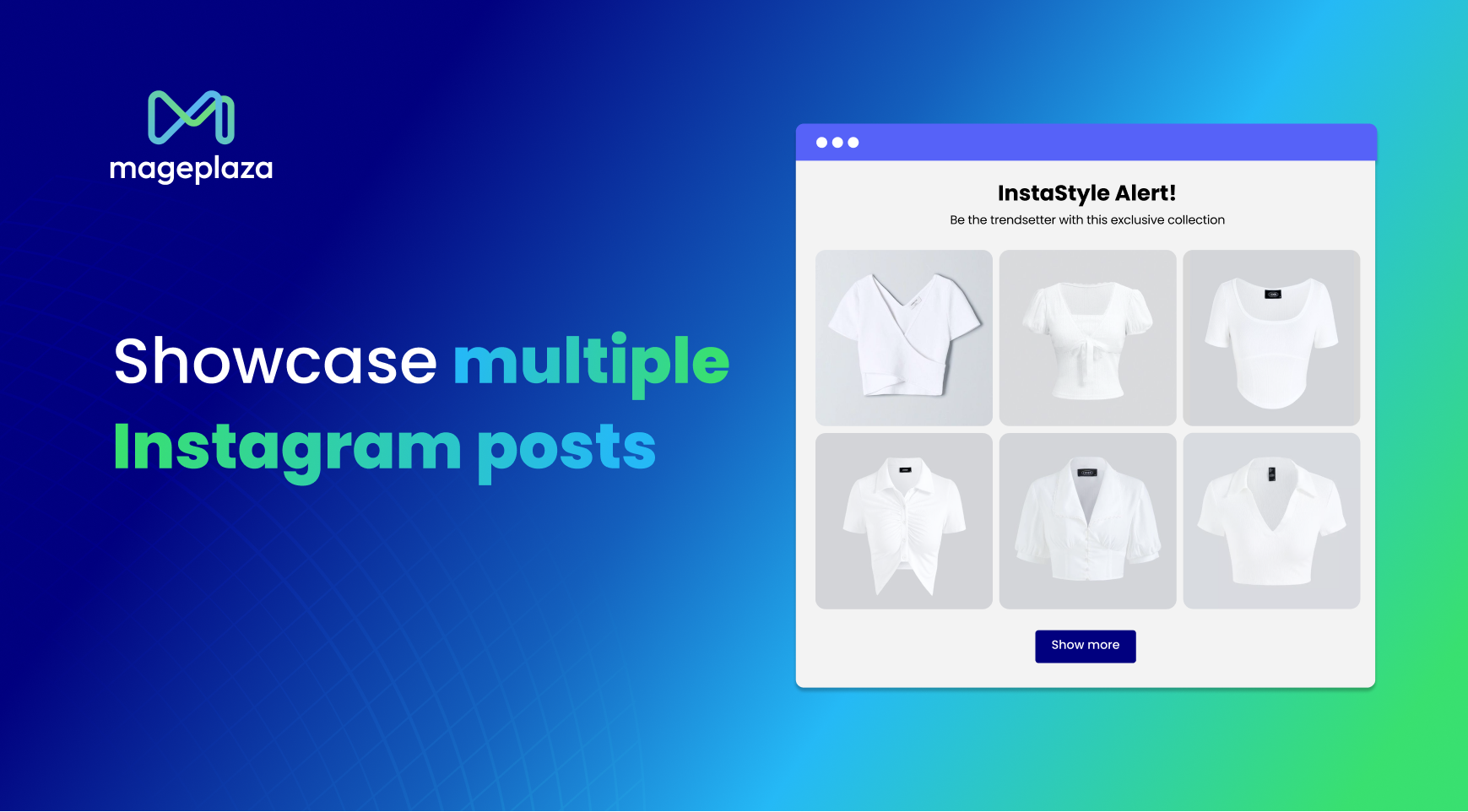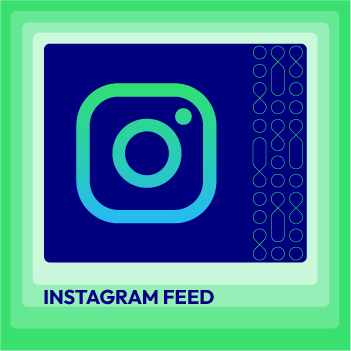Shopify Instagram Marketing: A Guide for Ecommerce Businesses

When it comes to social media marketing, Shopify Instagram marketing has been a dominant force for a considerable time, particularly for ecommerce businesses. With its visual-centric platform, engaged followers, and high interaction levels, Instagram ranks among the top-performing platforms for retailers.
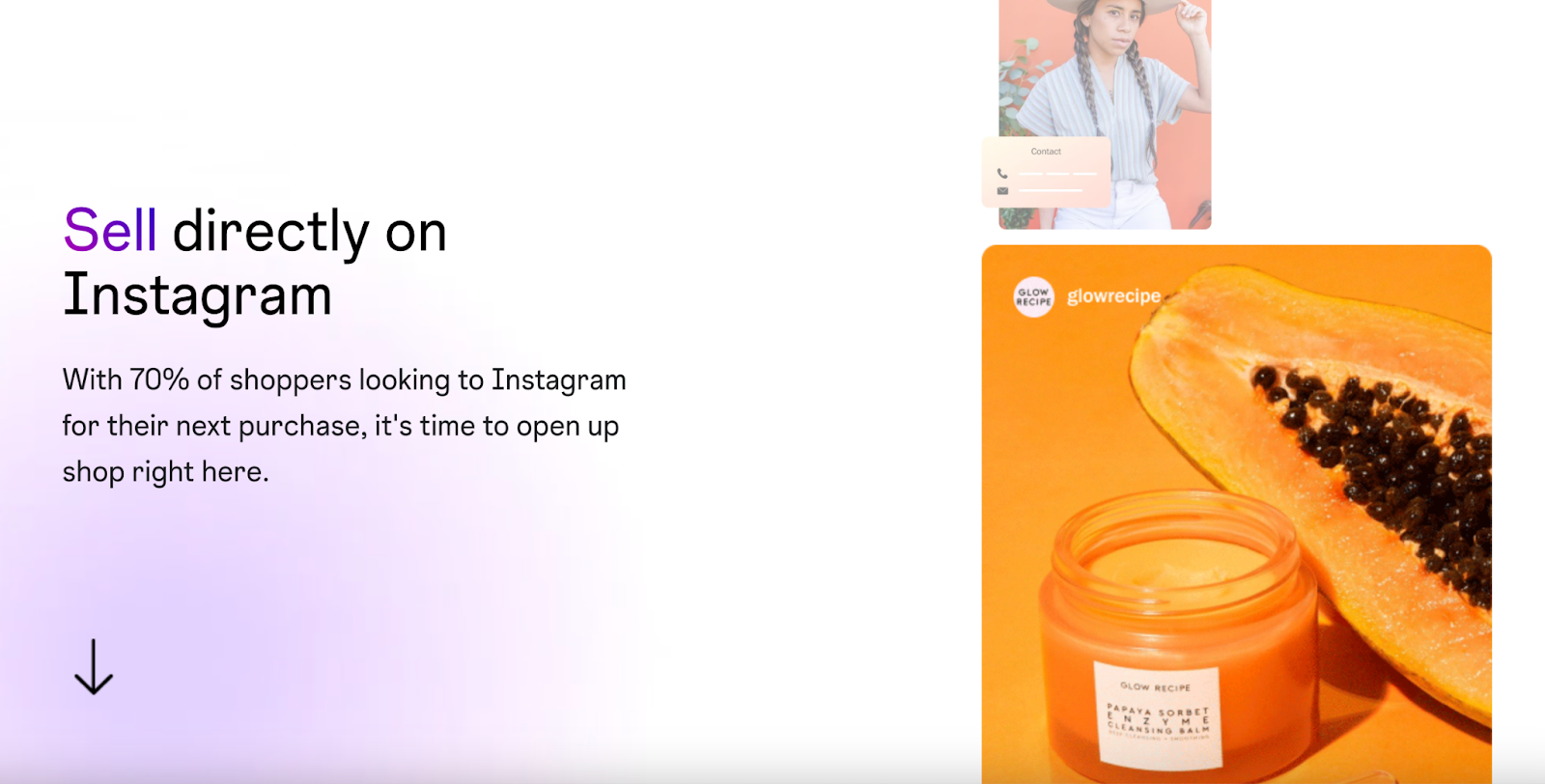
Boasting over 2 billion active users per month, 70% of shoppers accessing Instagram for their next purchase, it’s a prime platform for showcasing products. For those utilizing Shopify, there’s even better news: a partnership between Shopify and Instagram empowers retailers to leverage the platform more effectively.
In this article, we will focus on Shopify Instagram marketing tips for the sake of ecommerce businesses globally.
What is Instagram marketing?
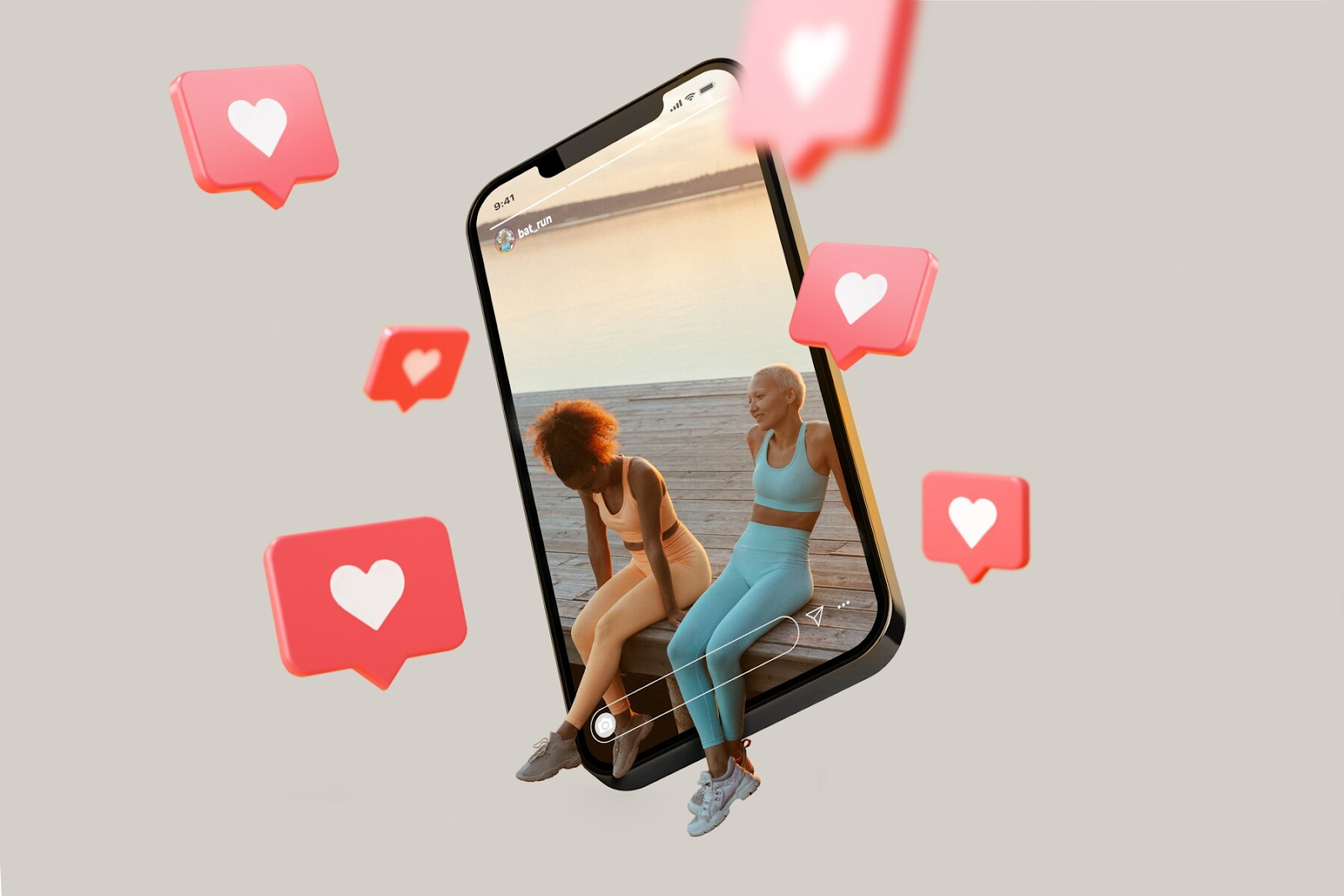
Instagram marketing involves utilizing photo and video content on the Instagram platform to promote a brand’s products and services. It also includes forming partnerships with similar brands or accounts for mutual promotion.
Typically, there are two main approaches to Shopify Instagram marketing: paid and organic. The choice between these methods depends on the urgency of your desired results, and in practice, a combination of both is often used to achieve the best outcomes.
Free marketing on Instagram
- Gain visibility on the Explore page
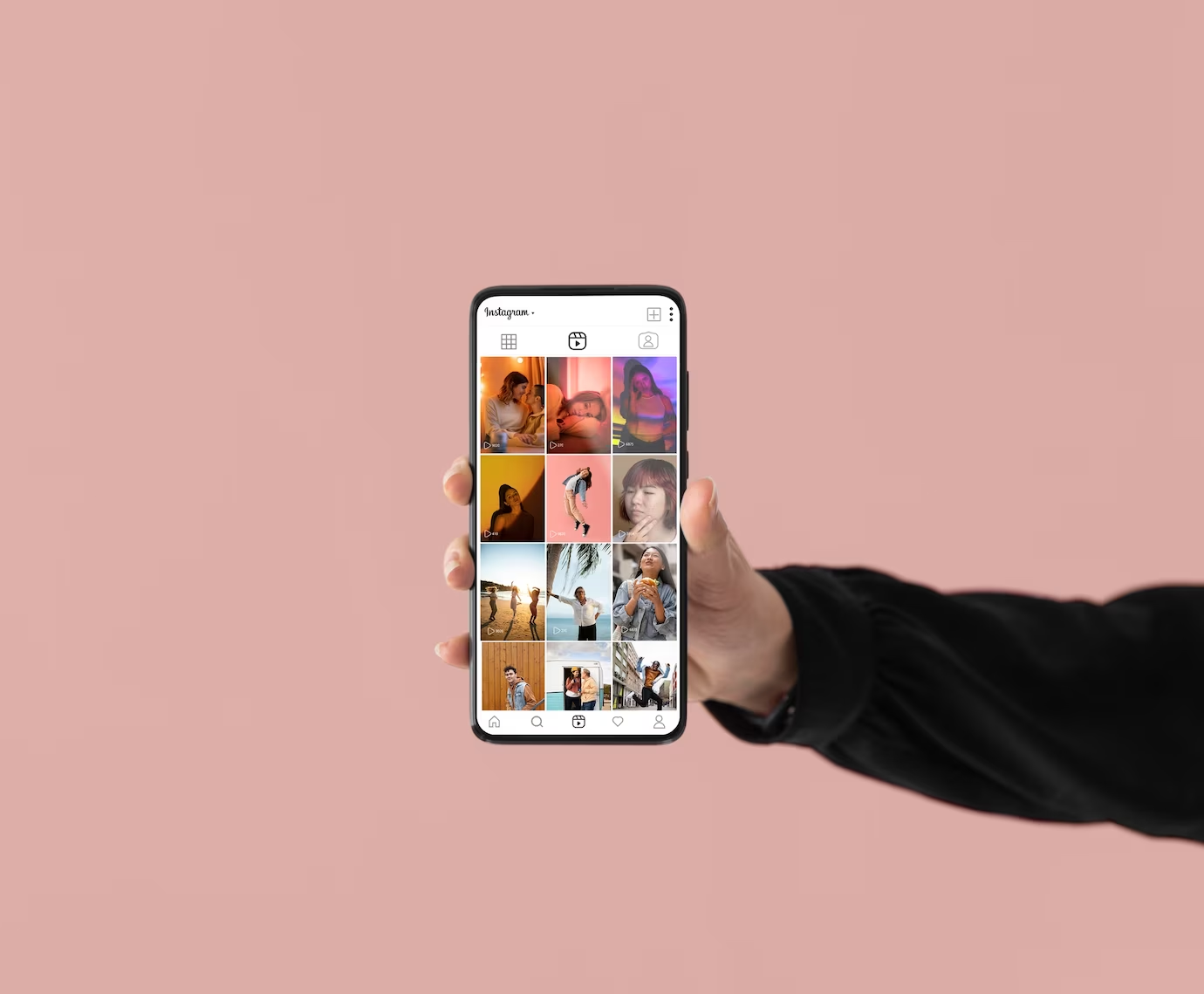
Users come across fresh content and discover new accounts as they explore the Instagram platform. This exploration takes place on the Explore page, which is continuously updated in real-time through Instagram’s algorithm. Here, users find posts that align with their own or the accounts they follow.
To increase the likelihood of appearing on the Explore page, it’s important to consistently include location tags. This not only enhances the chances of your content being featured but also makes it more discoverable when users search for content in your general location. Additionally, make sure to use popular and relevant hashtags that are pertinent to your content.
Lastly, boost your engagement by responding to or acknowledging comments from your audience. You can also enhance your engagement rate by leaving comments on other users’ posts.
- Mention well-known brands or accounts in your Instagram Stories Including tags of famous accounts in your Instagram Stories can be a strategic move as there is a good possibility that your Story might be shared by these prominent brands or accounts.
Utilizing user-generated content in this manner can lend authenticity to a brand’s image. Therefore, don’t overlook this seemingly small yet often rewarding step, as it can lead to broader exposure without any additional cost.
Paid marketing on Instagram
If you have the financial resources, you can also expedite your desired results with these marketing approaches:
- Leveraging Influencer Marketing
Incorporating influencer marketing into your strategy is crucial in the current landscape, as influencers hold significant sway over consumer decisions. Influencers are adept at creating unique and engaging content, making them credible advocates for a wide array of products and services.
To implement influencer marketing, you need to identify an influencer whose voice, narrative, or style aligns with your brand. You can opt to “sponsor” content on their Instagram feed by compensating them for each post or by providing them with your products or special gifts for creating content.
In return, they will tag your account, use your official hashtag, and discuss your brand with their substantial following, which can range from thousands to even millions of followers.
- Hosting Giveaways and Contests
Running contests, promotions, and giveaways is another effective means of bolstering your online presence. You can create your own set of rules, but a straightforward contest might involve asking users to follow your account and tag numerous friends in the comments for a chance to win a designated prize.
Subsequently, winners are randomly selected, and you can even engage users by live-streaming the winner selection process through Instagram Live. Alternatively, you can offer discounts through vouchers or promo codes as part of your giveaways.
Mageplaza Instagram Feed for Shopify
Engage visitors, build trust, and customize effortlessly. Streamline tasks and boost interaction.
Check it out!
Importance of Instagram marketing for Shopify businesses
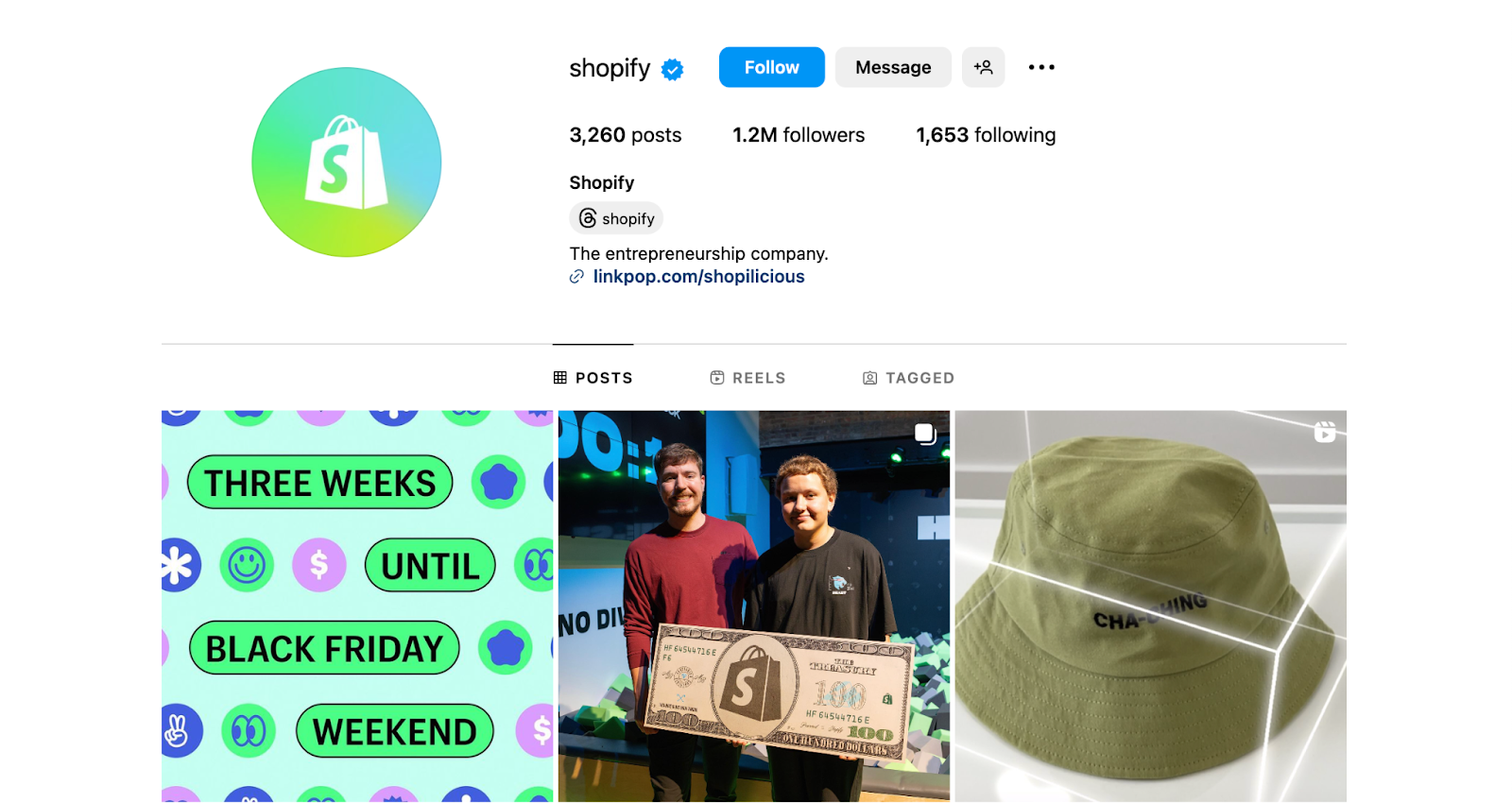
Times have changed, and nearly all businesses now have a presence on various social media platforms such as Facebook, Twitter, TikTok, and Instagram. Shopify provides the online store infrastructure, but Instagram excels in showcasing your products to an engaged audience, aligning with the latest trends. Here’s why connecting Instagram with Shopify is essential:
-
Broad Audience Reach: With 2 billion monthly active users as of October 2023, Instagram ranks as the fourth most popular social media platform. By integrating Instagram, you can expand your audience reach through targeted marketing strategies.
-
Streamlined Shopping: Instagram hosts a plethora of businesses, and 50% of its active users follow at least one. With 60% of the audience relying on Instagram for product or service discovery, promoting your products becomes highly effective. The shopping bag icon below images leads users to your Instagram store, providing comprehensive product details.
-
Advanced Product Marketing: Instagram enables direct sales through your Shopify store, employing authentic and clear images and videos to market your products. While results may take time, Instagram offers an excellent platform to drive product sales.
-
Enhanced Shopify Ads: Shopify marketing on Instagram outperform traditional ads due to the platform’s extensive active user base. This results in broader reach, improved conversion rates, audience engagement, trust-building, and the potential for increased sales.
How to set up Instagram marketing
Create Instagram business account
To set up a business account, follow these steps:

- Go to your profile and tap the button in the top right-hand corner
- Tap Account type and tools
- Tap Switch to professional account
- Tap Continue
- Select a Category for your business and tap Done
- Select Business and tap Next.
- Tap Next.
- Add contact details and tap Next. To skip this step, tap Don’t use my contact info.
- Set up your professional account by completing the optional steps or tap X on the top right corner to return to your profile.
To display or hide business information on your profile, go to your profile and tap Edit profile. Go to Profile display under Public business information to choose whether you want to hide or display your category label and contact info. Then, tap Done.
Switch to an Instagram creator account
An Instagram creator account provides similar functionalities to a business account, minus the commerce tools. However, it grants access to Instagram’s Creator Studio, a content management tool tailored for online creators and influencers. Here’s how to set it up if you currently have a personal account:
- Navigate to your profile and tap the menu located in the upper right corner.
- Select “Settings and privacy,” then choose “Account.”
- Opt for “Switch to professional account” and tap “Creator.” (Note: If transitioning from a business account, select “Switch to Creator Account.”)
- Pick a category that accurately reflects your occupation or content style.
5 steps to more eCommerce sales in Shopify Instagram Marketing
Step 1: Build a customizable profile
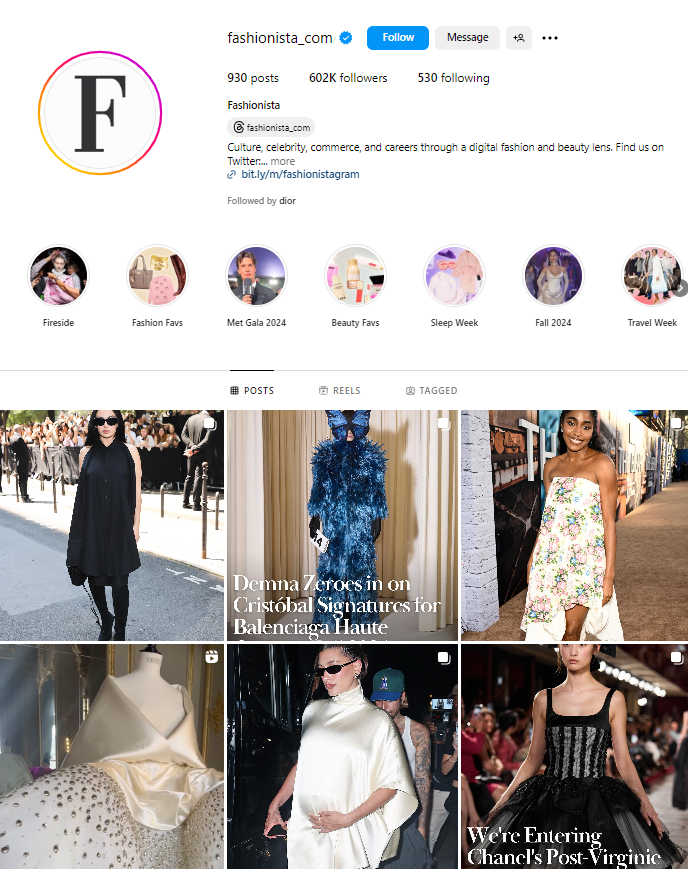
Building an optimized profile is essential for creating a successful sales funnel for the Shopify store on Instagram. Despite its importance, many store owners struggle to get this right. Don’t just create a profile; let’s fully optimize it!
This task should not be challenging, yet it’s surprising how few store owners execute it effectively. You should follow these steps to create an optimized profile that increases the possibility of converting readers into buyers.
Instagram offers limited space for your information, unlike platforms like Facebook, LinkedIn, or Google Plus. Therefore, you need to be careful with your words and images. Your profile should achieve two fundamental goals, including ensuring your profile makes a great first impression and directing visitors to more information about you and your products.
Steps to achieve this
Clearly define your value proposition
Clearly convey what your brand represents, the values that are important to you, and why you stand out from the competition. Your value proposition should be the focal point of your profile. With only 150 characters, make sure it is succinct and speaks directly to your target audience.
Ensure the upload of high-quality images
Consider using your company logo, but if you want to get creative, use a product image or the ‘face’ of your brand. Ensure the image is of high resolution and looks good at 110px by 110px.
Add links to your offers
Although you can only show one link on your Instagram profile, it doesn’t have to be the same all the time. Instead of directing visitors to your home page, use URLs that present value propositions like bit.ly/23pc-discount.
Direct users to visit your dedicated landing pages
The Shopify store offers a variety of products. Make sure you have dedicated landing pages for the traffic coming from Instagram. This approach can enhance user experience and boost conversions.
Remember that hashtags are heavily used in Instagram posts, but they are not clickable within your profile. Therefore, it’s more effective to use dedicated URLs as mentioned above.
Step 2: Get Your Followers on Instagram

Without a proactive strategy to build your following, you’re likely just hoping people will discover and love your Shopify store on Instagram. In reality, this rarely happens—you need to put in some effort.
Followers are essentially future traffic. They are people you will later target, convert into sales, and retarget. However, this process starts with groundwork. Before people can enter your sales funnel, you need to attract them and move them along it.
Steps to achieve this
Instagram Shoutouts
Instagram shoutouts are an excellent way for store owners to reach a new audience interested in their products. This method involves partnering with brands in a similar, non-competing niche with a similar follower size.
For example, if you sell accessories for women aged 16-28, find clothing or jewelry brands targeting the same demographic. Post an image recommending one of their products, and have them do the same for yours. Alternatively, you can use a ‘caption-only’ shoutout, mentioning the brand in the caption without featuring their products.
Ensure the other brand has a similar follower size, as significant discrepancies may deter them from reciprocating. When done correctly, both brands link to each other’s profiles, exploiting new follower groups.
Strategies for Targeted Shoutouts
- Identify and interact with 10 potential shoutout brands every month: Not everyone will agree, but making lists every month can totally help you get more followers.
- Create templates for requesting shoutouts: Explain mutual benefits clearly. Use templates to save time, but personalize each request to show genuine interest.
- Apply automation tools: Boomerang can track email opens and send follow-ups. The connector can manage shoutout emails, saving time. Expect a 30% response rate and a 10% agreement rate if targeting the right brands.
- Always follow up: Politely follow up if your email is not responded to, restate the benefits, and ask again for a shoutout agreement.
Interact with Your Competitors on Instagram
Engaging with your competitors’ audience can grow your following. Treat their followers as potential followers of your brand.
Tips for Interacting with Competitors:
- Plan competitor targeting: Start with your main competitors for the best reach.
- Like competitors’ posts: This opens opportunities to interact with their followers.
- Comment on competitors’ followers’ posts: Although it is time-consuming, personalized comments can bring excellent results by showing you’re paying attention to posts and not spamming, helping to start conversations with potential followers.
Bulk Follow and Unfollow Competitors’ Followers
Following competitors’ followers can lead to reciprocal followers. However, this needs to be managed carefully.
Strategies for Following & Unfollowing:
- Consistently take action: Regularly follow competitors’ followers. The more you do it, the more your following will grow.
- Constitute a straightforward process: By dedicating a few hours daily over 10 working days each month, you could gain 200+ users.
- Track the ratio of followers to follow-backs: To protect your brand on Instagram, unfollow those who don’t follow back. Software tools automate this process efficiently.
Step 3: Offer Top-Notch Content
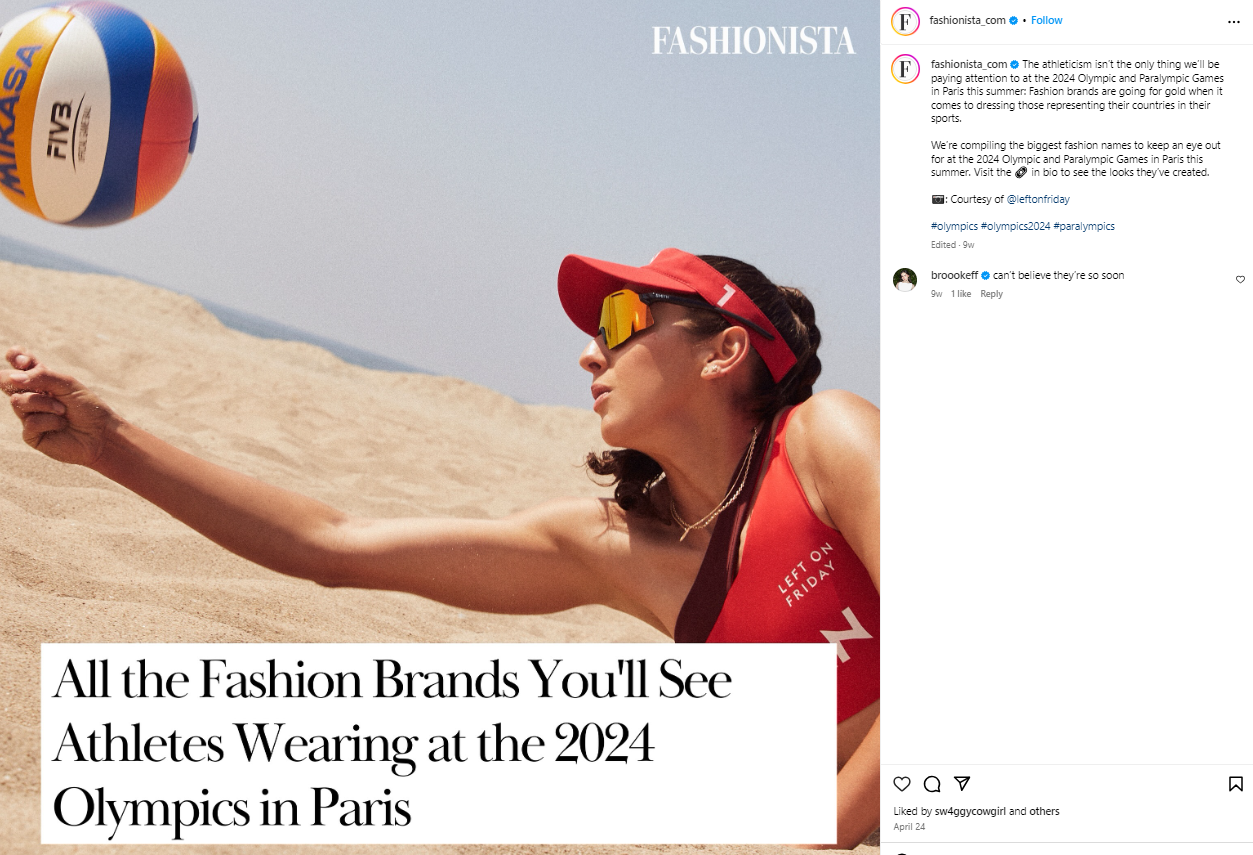
In this stage, your primary focus should be on content creation, not advertising. Having built a following using previous steps, the goal now is to captivate your audience with engaging posts on your Instagram feed.
This approach not only keeps your brand at the forefront of their minds but also guides them further along your sales funnel, ultimately leading them to the landing page of your Shopify store.
Instagram is a platform dominated by visual content, which requires a strategic approach that is different from other social networks.
Aware that no one-size-fits-all formula for Instagram content. Many store owners struggle with this aspect. With 70% of Instagram posts going unseen due to content overload, standing out is crucial.
How to achieve this
Implement the three-step strategy, including copy, optimize, and automate: Instagram offers a level playing field where all users operate within the same constraints. Follow successful brands like Adidas, Louis Vuitton, and Chanel, and adapt their effective strategies to your own feed.
Your posts should be suitable for your audience. Tools like Crowdfire can help identify the best types of posts, images, post lengths, and optimal posting times.
Optimization and Automation Tips
- Templates: Create templates to reduce post-preparation time. These templates should include all essential elements such as size and branding, making it easier to produce consistent, high-quality posts.
- Different Image Types: Experiment with various styles, colors, and brand imagery to see what generates the best response from your audience. Continuously refine your approach based on these insights.
- Start with Popular Choices: Beginning by using popular filters like Clarendon and preferred hashtags within your niche. While creativity is important, starting with what works for others can help you build a strong foundation.
- Image Size and Caption Lengths: Ensure that your images have a minimum resolution of 1080 x 1080 pixels. The captions can be up to 2,200 characters.
- Take Action: Regular posting is vital. Aim for around three posts per day, totaling over 20 per week, to keep your audience engaged.
- Automation Tools: Platforms like Later and SkedSocial can schedule your posts at the most effective times, making sure your content reaches your audience when they are most active.
Creative Image Usage
It is necessary to embrace creativity in your brand’s images. While posting product shots is acceptable, remember that your Instagram audience seeks to be informed, entertained, surprised, amused, delighted, and more.
Images have the ability to evoke emotions, so it’s crucial to make use of their power thoughtfully. Seize the opportunity to connect with your audiences, but avoid alienating them with mundane or self-centered visuals.
The most successful brands on Instagram use diverse image types to engage people, expand their following, and convert followers into buyers.
Strategies for getting creative with images
User-Generated Content (UGC): Featuring content created by your followers can significantly boost engagement. Promote your audience to share images or videos that include your products. UGC has been shown to have a 4.5% higher conversion rate. Behind the Scenes: Take your followers behind the scenes. Through this way, you can reveal your company’s culture, showcase product creation, introduce the faces behind your brand, and share delightful daily stories. This approach encourage a genuine connection with your audience and infuses personality into your brand. Remember that images featuring faces receive 38% more likes on Instagram.
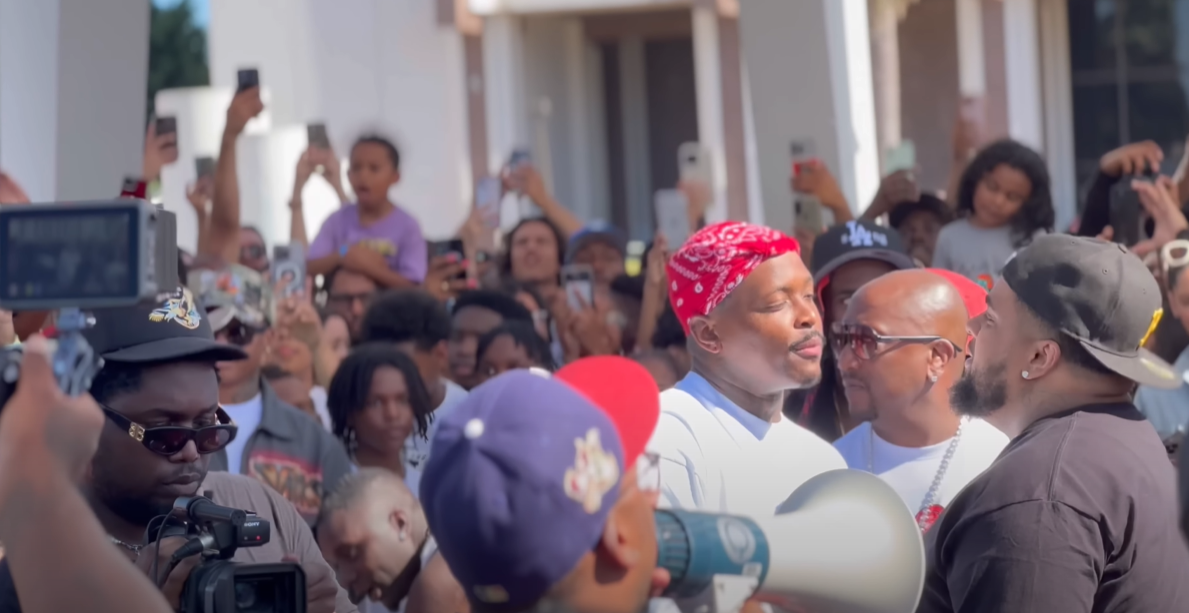
Educational and Informative Posts: Address common questions or share surprising facts about your industry to engage and inform your audience. Humor: Authentic humor resonates well with followers, but the challenge lies in gauging whether others find it funny. Observe brands that consistently deliver amusing content and achieve high engagement rates. You should test different approaches to find what resonates with your audience. Seasonal Content: Utilize occasions, events, and seasonal themes in your images and posts. This approach keeps your content fresh and signals to your followers that you’re up-to-date and relevant. Guest Takeovers: Collaborate with industry influencers or partner brands to take over your Instagram account temporarily, offering a fresh perspective and new content. Lifestyle Shots: Show your products in real-life settings rather than studio shots. This makes them more relatable and helps educate your audience on their use. Customer Stories: Highlight customer testimonials and stories to increase credibility and social proof of your brand. Competitions: Run contests to energize your follower base and encourage interaction with your brand.
Step 4: Maximize conversions by using dedicated landing pages
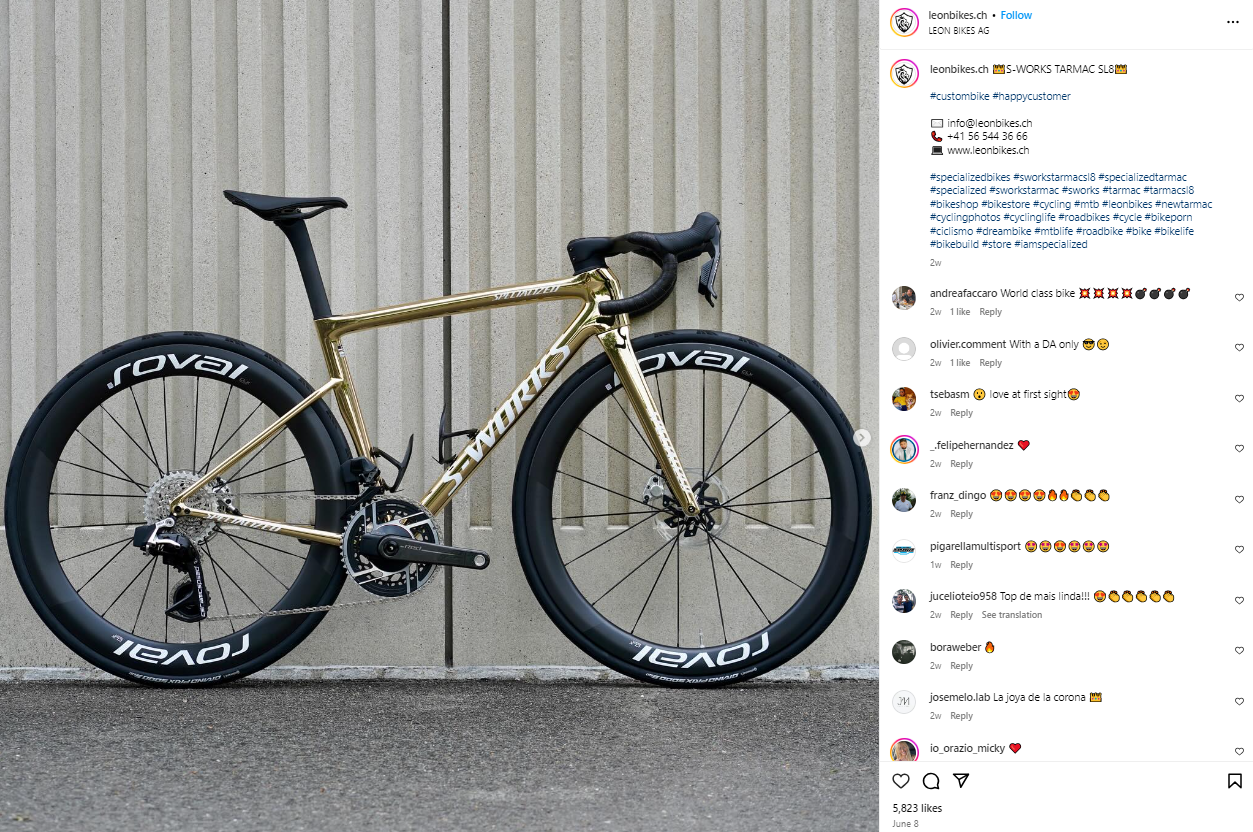
For a successful Instagram account linked to your Shopify store, it’s essential to create dedicated landing pages that effectively convert the traffic you generate. Think of it as having a great search engine optimization strategy but lacking compelling website content: traffic alone isn’t enough, and you need conversions.
How to achieve this
Convert traffic by building dedicated and relevant landing pages that match the expectations of people clicking through from Instagram to your Shopify store. If they click on a promotion on Instagram and are directed to your home page, it’s a wasted opportunity. Instead, guide them to a landing page specifically designed for the promotion.
This step is crucial for guiding your customers via the sales funnel and ultimately driving them to make a purchase. It’s where your well-crafted strategy transforms into actual revenue.
Strategies for Achieving a High Conversion Rate
- Make Instagram Shoppable: To drive followers to your landing pages, turn your Instagram account into an extension of your Shopify store. Create shoppable galleries using tools like Foursixty. Instagram ads have featured a BUY NOW button for several years.
- Invest in Professional Conversion Copy: High-quality copy is crucial. The difference between a landing page converting and one that doesn’t often lie in the copy and design. Invest in professional copywriting to ensure these elements are effective.
- Test and Optimize Continuously: Don’t rely on a single landing page. Use A/B testing to achieve your desired conversion rate. Besides, measure traffic and sales and use Google Analytics to evaluate campaign performance.
- Use a Branded URL Shortener: Utilize the Google Campaign URL Builder to generate trackable links with shortened URLs. Campaign reports in Google Analytics will provide insights into the ROI of your Instagram marketing.
- Prioritize Mobile Optimization: Design your landing pages for mobile first, as most users will access your content on mobile devices. Make sure that navigation, search boxes, shopping carts, BUY buttons, and payment options are easily accessible, clickable, and user-friendly on all mobile devices.
Step 5: Retargeting ads to ‘Lost’ Customers
No matter how effective your landing pages are, not all visitors will convert into customers immediately. Some Instagram followers may click through out of curiosity but may not be ready to make a purchase.
What distinguishes the top Instagram marketers is their follow-up strategy. They implement systems to capture valuable information and retarget potential customers effectively.
This strategy involves retargeting ads, a familiar tool on Facebook that can also be used for Instagram, given that Facebook owns Instagram.
First, ensure your Facebook account is linked to your Instagram account to run a retargeting campaign.
Steps for Retargeting Customers with Ads
1. Install Facebook Pixel on your Shopify website:
Log into Facebook Power Editor and navigate to the Tools menu. Select ‘Install Pixel Now,’ which will generate a code. Insert this code between the head tags of your website’s code. Facebook will then track all visitors to your store.
2. Create a retargeted customers:
Navigate to ‘Create Audience’ and select ‘Website Traffic’ within the Facebook Pixel tab. Define your retargeted group, such as visitors to your store within the last 20 days.
3. Create a campaign:
-
Choose ‘Create Campaign’ in Power Editor.
-
Name your campaign and set its objective, such as ‘Website Conversions.’
-
Fill out the rest of the required information.
4. Set a budget and schedule:
Define a budget limit for your retargeting ads.
5. Edit the audience:
-
Your advertising campaign should specifically target individuals who have previously visited your website, and it must be set up to display on Instagram.
-
Once you confirm that the potential audience reach is large enough, you can begin the process of designing your advertisements.
6. Design compelling ads:
-
Follow the same setup as Facebook ads: image size should be used 1080 x 1080 pixels; text should not exceed 20% of the ad.
-
Refer to the Facebook guide if needed, and consider using templates from Smartly.
7. Review and launch:
Once your ads are ready, follow the prompts in Power Editor to launch your campaign.
8. Measure, automate, and adjust:
-
Continuously measure progress and make adjustments as needed.
-
Use tools like Smartly to automate processes and monitor campaign performance.
Tip which you should know
By using the Magplaza Instagram Feed App can enhance your Shopify and Magento 2 stores by creating an appealing visual experience for your customers. It seamlessly showcases your Instagram content within your online store.
Mageplaza Instagram Feed for Shopify
Engage visitors, build trust, and customize effortlessly. Streamline tasks and boost interaction.
Check it out!
Best Marketing tips for Shopify on Instagram
Optimize your Instagram profile
To kickstart your Shopify marketing on Instagram, you’ll first need to address the fundamentals when setting up your Instagram account. This involves adding contact information, crafting a description optimized with relevant keywords, and selecting a profile picture that’s easily recognizable, such as your logo.
However, to maximize the potential of your Shopify Instagram marketing strategy, you should consider taking your Instagram account to the next level with these enhancements:
- Clickable hashtags
You can now incorporate clickable hashtags into your profile description by entering # followed by the desired phrase, similar to how you would in an Instagram post. Focusing on your branded hashtag can foster a community around your business and help you discover user-generated content related to your brand. Additionally, including popular and relevant hashtags offers a simple way to boost the visibility of your Instagram content without significant additional effort.
- Clickable profile links
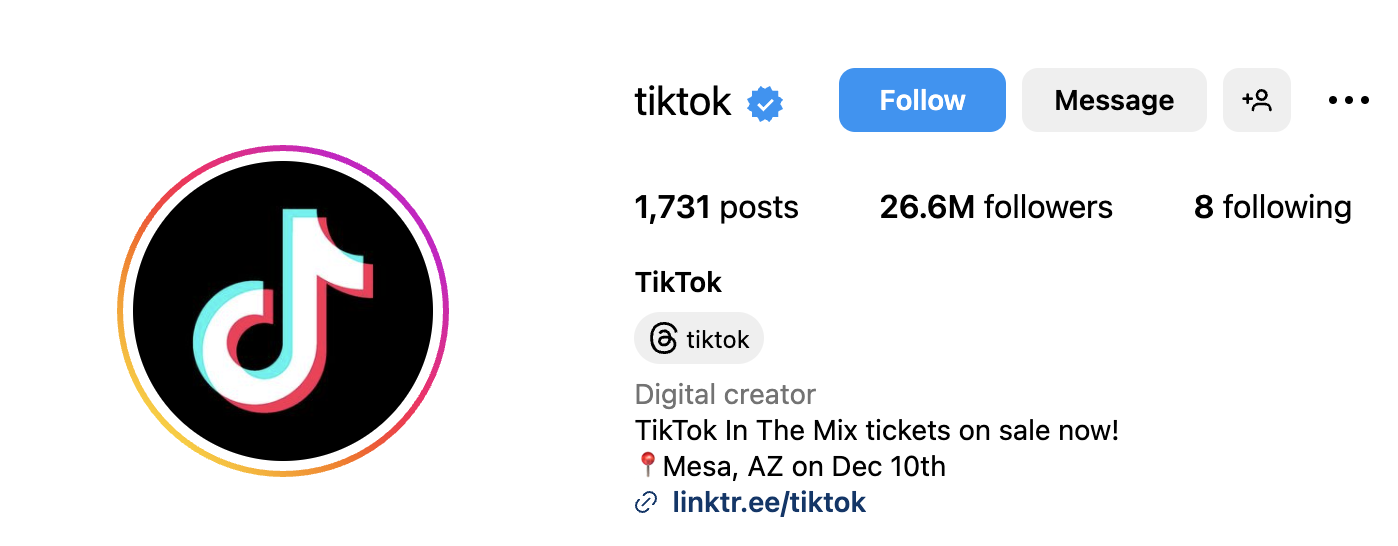
There are multiple ways to use this feature. One option is to create a “link in bio” page using tools like Linktree, allowing you to curate and display your products and online store through a single link.
You can also add clickable links to other user profiles within your Instagram bio. This is handy if you have a sister company or want to direct traffic to a contest you’re hosting with another merchant. You can even use this feature to guide people to your personal profile, if it aligns with your branding.
- Story Highlights
This relatively new feature enables you to categorize “expired” Stories into featured sections, which appear above your Instagram feed on your profile. Story Highlights help in presenting a more comprehensive profile and allow you to showcase specific key Instagram content, such as user-generated content or posts that narrate your brand’s story.
- View Shop button
If you enable Instagram Shopping on your profile, you can include a call-to-action button that directs your followers to your in-app store, facilitating a seamless shopping experience for your audience.
Strategies for content creation
Instagram boasts one of the most engaged user communities among all social media platforms, with 59% of its users signing in daily among US adults. On average, US users spend around 33.1 minutes per day on the platform.
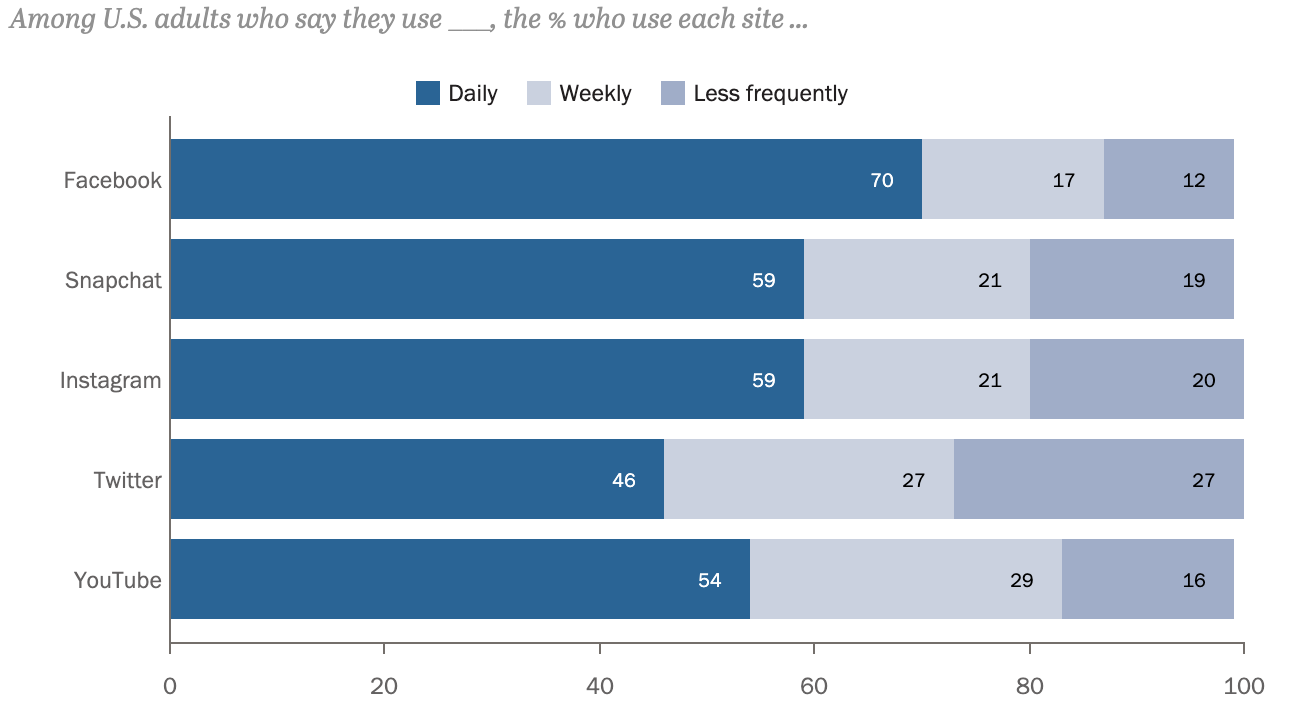
To achieve successful results in Shopify Instagram marketing, it’s crucial to discern which types of posts resonate most with your audience. Are Instagram Stories their preferred format, or do they lean towards conventional photo posts?
While preferences may vary among different demographics, there’s a wealth of compiled data that can provide valuable insights to guide your approach. Instagram users exhibit a diverse range of content preferences, including promotional posts, inspirational quotes, product imagery, DIY or tutorial content, and user-generated content shared from other users.
However, it’s essential to maintain variety in your posts, as users may become disinterested or irritated if a single post type is consistently overused.
Instagram videos have the potential to convey substantial information, rendering them highly valuable. However, it’s vital to maintain brevity, even on IGTV, as Instagram’s user base primarily consists of mobile users who typically won’t invest more than 10 to 15 seconds at a time.
Many of the world’s most innovative brands and artists are continuously pushing the boundaries with Instagram Stories. Monitoring your competitors’ Shopify Instagram marketing strategies can serve as a wellspring of inspiration.
Aesthetics matter on Instagram, a visual-focused platform. Content like product carousels and Reels can engage your audience and brighten your followers’ feeds with some expertise.
Utilize Instagram hashtags
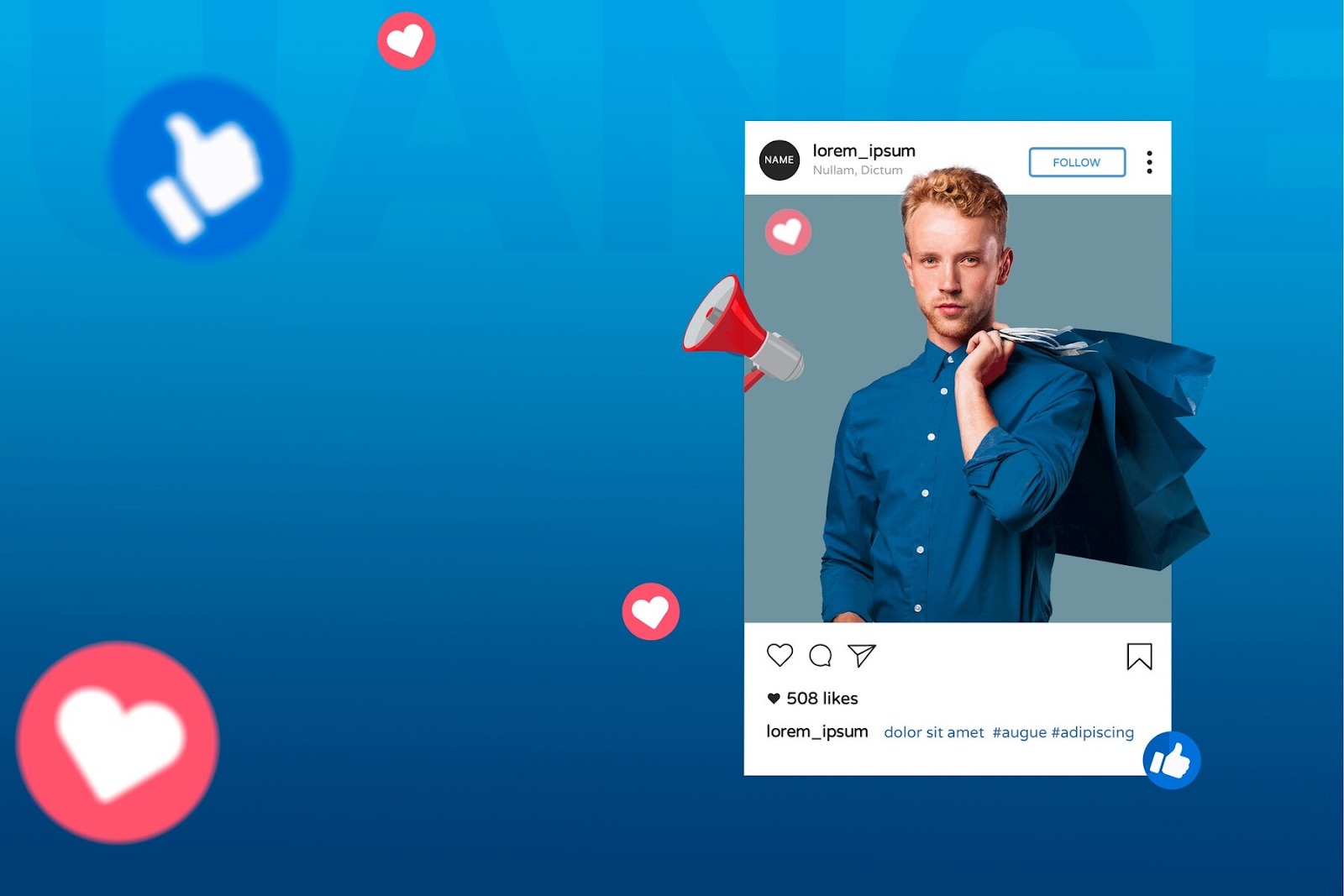
Hashtags originated on Twitter and, while they didn’t gain traction on Facebook, they’ve become a crucial element in effective Shopify Instagram marketing. Adding text after the “#” symbol in Instagram captions, bios, or Stories turns any word or phrase into a clickable topic. Clicking a hashtag displays a collection of public posts using that hashtag.
Moreover, users can now follow Instagram hashtags, providing a stream of content, even if they don’t follow a specific profile. Hashtags help users discover content they’re interested in and expand a merchant’s content reach.
To maximize your Instagram marketing impact, it’s essential to use the right types of Instagram hashtags. There are six key categories of hashtags that ecommerce businesses should integrate into their Instagram profiles:
-
Branded hashtags: These unique to your brand and are used in every post and shared with user-generated content.
-
Contest hashtags: Created for specific contests, these help identify entries and promote the contest. Use general contest tags like #instacontest and #giveaway to expand participation.
-
General appeal hashtags: Popular among diverse audiences and provide broader reach. Examples include #nofilterneeded, #antiques, and #puppylove.
-
Niche-specific hashtags: Relevant to your industry and resonate with your target audience. They may not reach as wide, but they generate more relevant traffic.
-
Timely hashtags: Utilize current events and seasonal holidays to attract users seeking relevant content, like #valentineformyvalentine and #newyearnearyou.
-
Entertaining hashtags: These aren’t for reach but serve to entertain and establish your brand voice, such as #iknowitstooearlyforchristmasstuff and #thisiswhyweallhatemonday. They can be used to tell a story and build a stronger connection with your audience.
Employing these hashtag types strategically will enhance your Shopify Instagram marketing efforts.
Utilize Instagram Stories
Initially inspired by Snapchat, Instagram Stories were introduced as a feature for sharing ephemeral photos and videos that vanish after 24 hours. Impressively, brand Stories enjoy an 86.33% completion rate on average, a notable achievement.
Over time, Instagram Stories have evolved into a pivotal component of any Instagram marketing strategy. They led to Story ads, and Instagram introduced Highlights, allowing Stories to persist indefinitely. Here are some Instagram marketing tips to yield positive outcomes from Instagram Stories:
-
Share user-generated content: Use Instagram Stories to feature content from your audience, enhancing engagement and follower growth while demonstrating your brand’s appreciation.
-
Collect user-generated content: Employ Instagram Stories to gather content from users through calls to action or poll stickers, creating instant social proof.
-
Show authenticity: Showcase your brand’s fun and creative side on Instagram Stories, with images and videos that tell your brand’s story and offer behind-the-scenes glimpses.
-
Go live with Instagram Live: Use Instagram Live for real-time engagement, hosting Q&A sessions, discussions, or interviews. Share behind-the-scenes insights, and save the live content in your Stories for extended visibility.
Utilize Instagram Reels
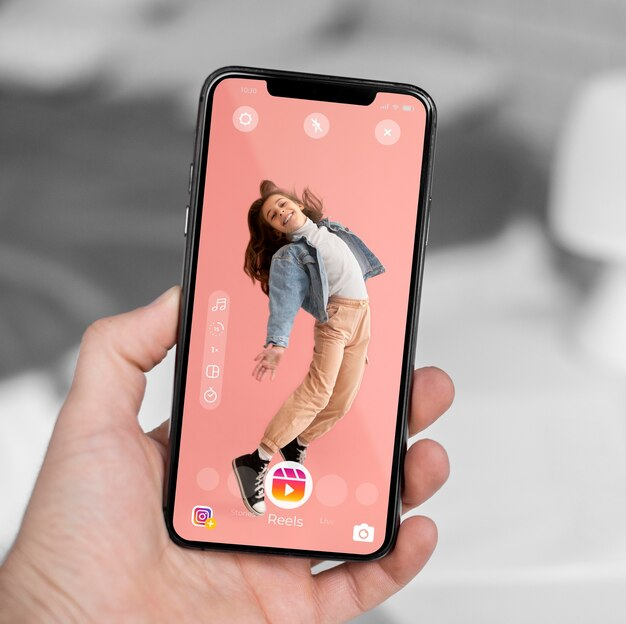
In 2020, Instagram introduced Reels, offering 10- to 60-second vertical videos that can appear on your feed and Explore page. Reels are a unique way to reach a new audience. More engaging Reels have a broader reach, making them a faster growth tool compared to traditional posts or Stories. They are a must in your Shopify Instagram marketing plan.
Reels are a fun and personal way to connect with your audience, showcasing your personality and creativity. People don’t expect highly polished content on Reels, making it easy to engage.
Ecommerce brands can use Reels for various purposes, including demonstrating product how-tos, inspiring viewers, sharing behind-the-scenes content, launching product teasers, and curating user-generated content.
Work with Influencers
An Instagram influencer is an individual with a strong presence and credibility within a specific niche on Instagram. They serve as brand ambassadors for businesses.
These influencers have cultivated dedicated followers who trust their recommendations. In return for free products, experiences, or financial compensation, they will promote your products to their audience.
According to Statista, for every dollar you invest in influencer promotion on Instagram, you can expect an average minimum return of $25 in earned media value (EMV) by working with a nano influencer (1,000 to 10,000 followers). This suggests that influencer marketing campaigns can provide a higher return on investment compared to traditional advertising.

Adopt Instagram ads
It’s interesting to note that one-third of people make direct purchases from Instagram ads, and nearly eight out of ten of these buyers have made purchases from brands they weren’t previously familiar with on the platform.
Instagram provides various shoppable ad formats, enabling your target audience to make in-app purchases.
Additionally, it offers creators and entrepreneurs:
-
Scalable pricing
-
User-friendly self-service ad creation
-
Precise audience targeting
-
Comprehensive reporting
These features make Instagram a powerful platform for ecommerce and advertising.
Instagram analytics tools
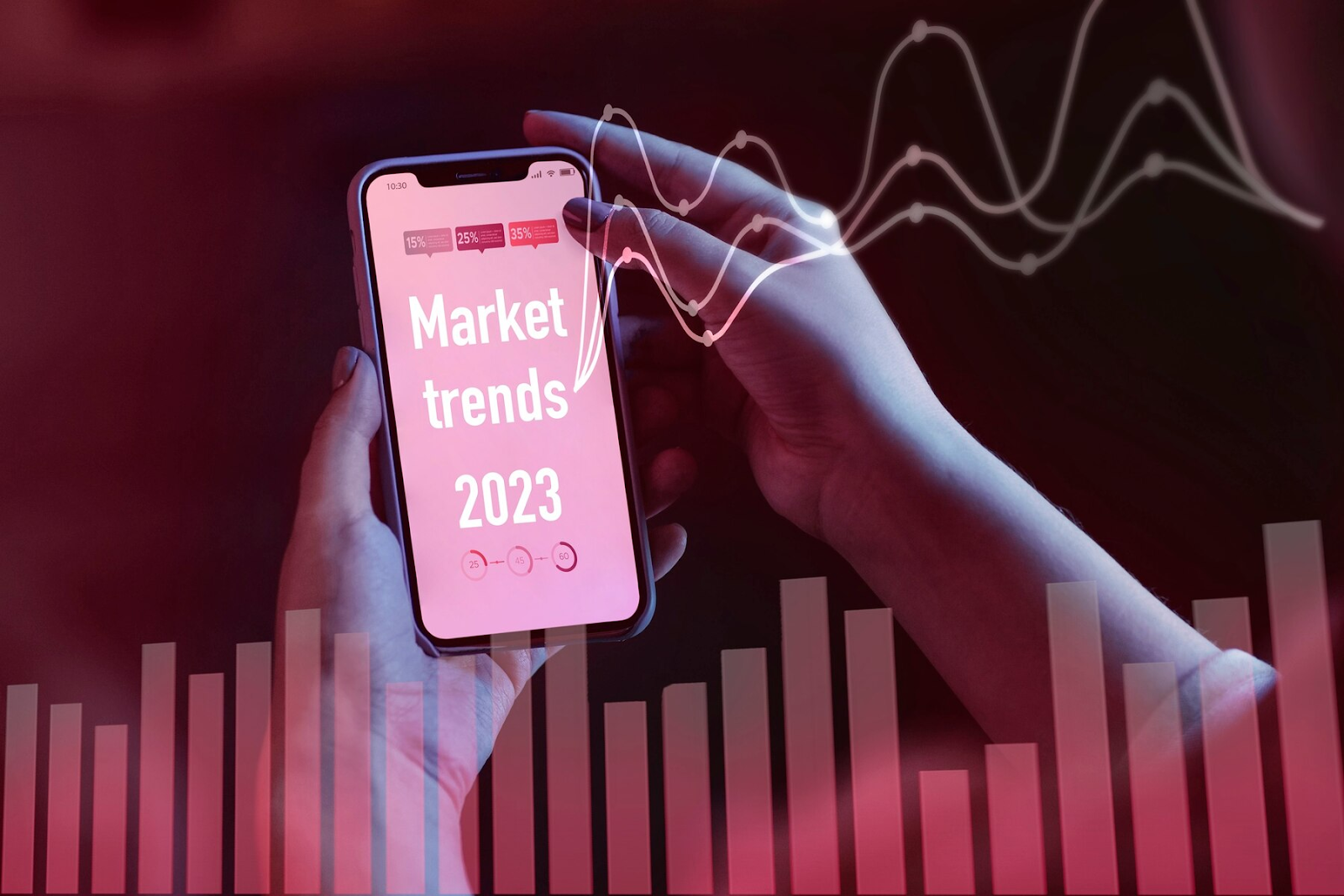
For effective Shopify Instagram marketing, it’s crucial to monitor your strategy and results. Instagram provides its own analytics tools, accessible for Instagram Business accounts linked to a Facebook business page.
Access your analytics by visiting your profile and clicking the graph icon in the top right corner. In Instagram Insights, you can examine essential performance metrics, including:
-
Profile visits
-
Website clicks
-
Reach
-
Impressions
-
Post performance
-
Story views
Instagram Insights also provides essential audience insights, such as:
-
Follower count and recent growth patterns
-
Gender and age distribution
-
Geographical locations of your followers
-
Follower activity by day and time, aiding in identifying optimal posting times
You can use Instagram Insights to track month-to-month changes in impressions, reach, and engagement relative to your follower count. By juxtaposing this data with the performance of your top posts and analyzing trends, you can enhance the effectiveness of your Instagram marketing strategy.
Wrapping up
In conclusion, harnessing the power of Shopify and Instagram can be a game-changer for e-commerce businesses. By implementing the best practices outlined in this article, you can optimize your Shopify Instagram marketing strategy, boost your brand’s visibility, and ultimately drive more sales. Stay agile, adapt to evolving trends, and consistently analyze your results to ensure long-term success in the dynamic world of e-commerce.
FAQs
1. How effective is Instagram marketing?
Instagram marketing can be highly effective, especially for businesses targeting younger demographics or those in visually-driven industries. It offers various features like photo and video posts, Stories, IGTV, and advertising options to engage with users.
2. How can I increase my Instagram following?
To increase your Instagram following, consistently post engaging content, use relevant hashtags, interact with your followers by responding to comments and messages, collaborate with other accounts, run contests or giveaways, and promote your Instagram account on other social media platforms and your website.
3. Is Instagram marketing suitable for all businesses?
While Instagram can be beneficial for many businesses, its effectiveness may vary depending on the target audience and industry. Businesses in visually appealing industries like fashion, food, travel, and lifestyle typically perform well on Instagram, but with creativity, any business can find success on the platform.
4. How much does it cost to do marketing on Instagram?
The cost of marketing on Instagram can range from relatively low (if you focus on organic content and use free tools) to substantial (if you invest heavily in paid advertising and influencer collaborations). It’s essential to set a budget and allocate resources strategically based on your marketing goals and target audience.
Read more:


